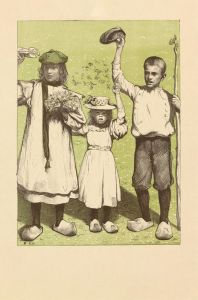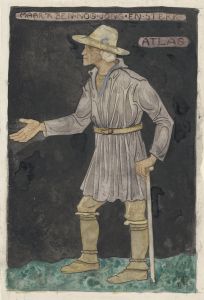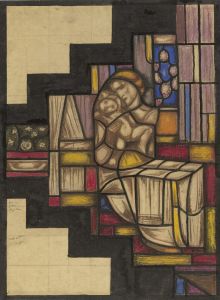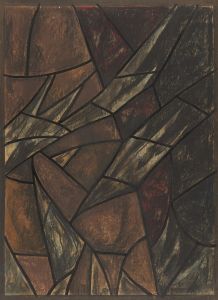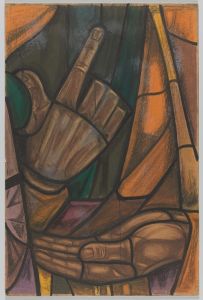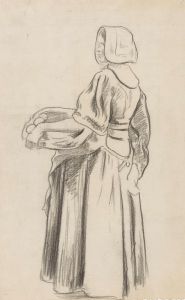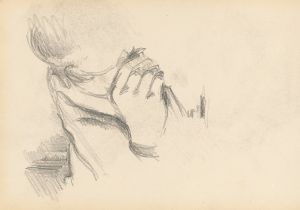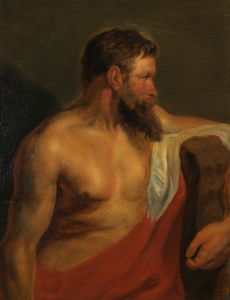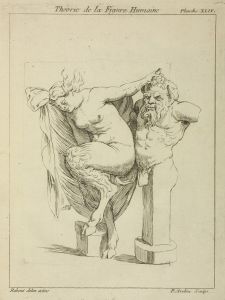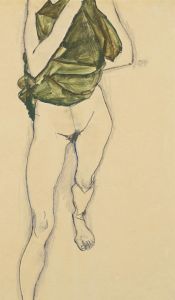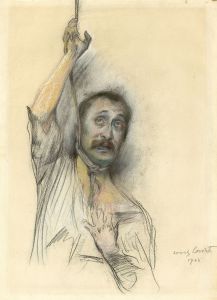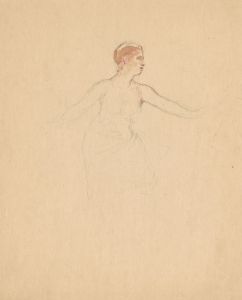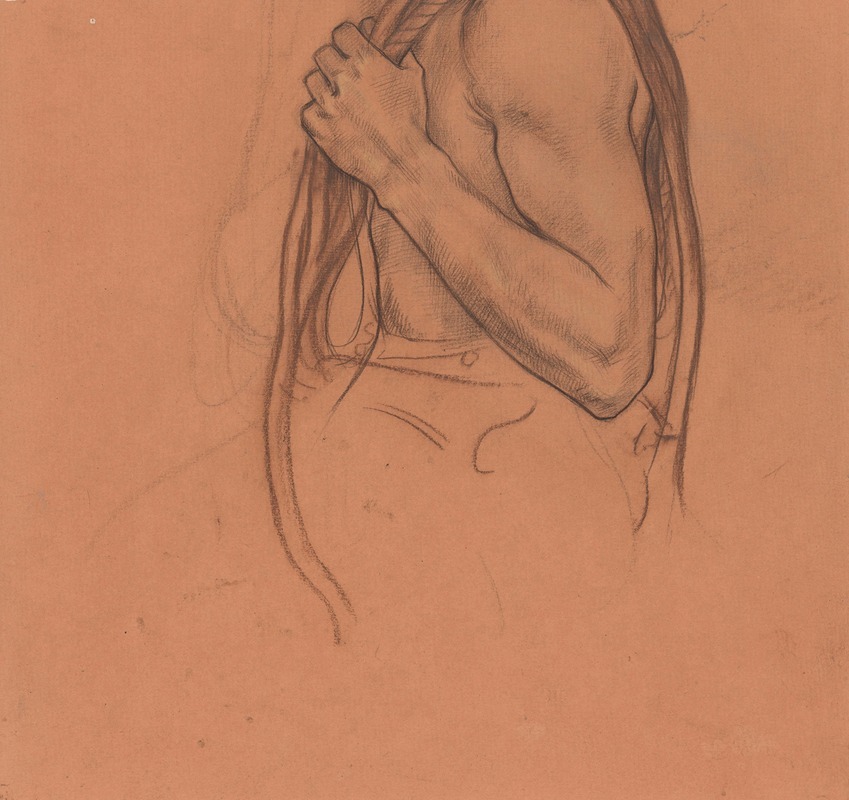
Bovenlichaam van een man met touw over zijn schouder
A hand-painted replica of Richard Nicolaüs Roland Holst’s masterpiece Bovenlichaam van een man met touw over zijn schouder, meticulously crafted by professional artists to capture the true essence of the original. Each piece is created with museum-quality canvas and rare mineral pigments, carefully painted by experienced artists with delicate brushstrokes and rich, layered colors to perfectly recreate the texture of the original artwork. Unlike machine-printed reproductions, this hand-painted version brings the painting to life, infused with the artist’s emotions and skill in every stroke. Whether for personal collection or home decoration, it instantly elevates the artistic atmosphere of any space.
Richard Nicolaüs Roland Holst was a prominent Dutch artist known for his contributions to the Symbolist movement in the late 19th and early 20th centuries. Born on December 4, 1868, in Amsterdam, Holst was a versatile artist whose work spanned various mediums, including painting, drawing, and printmaking. He was also a significant figure in the Dutch arts and crafts movement and was deeply involved in the social and political issues of his time.
One of Holst's notable works is "Bovenlichaam van een man met touw over zijn schouder" (translated as "Upper Body of a Man with Rope over His Shoulder"). This piece exemplifies Holst's skill in capturing the human form and his interest in depicting the working class and everyday life. The painting features a male figure, focusing on the upper body, with a rope draped over his shoulder. This imagery may suggest themes of labor, strength, and resilience, which were common in Holst's work, reflecting his engagement with social themes and his sympathy for the working class.
Holst's style was heavily influenced by the Symbolist movement, which sought to express ideas and emotions through symbolic imagery and often featured themes of mysticism and the human condition. His work often incorporated elements of Art Nouveau, characterized by its decorative style and use of organic forms. Holst was also influenced by the Arts and Crafts movement, which emphasized traditional craftsmanship and was a reaction against industrialization.
In addition to his painting, Holst was an accomplished graphic artist and designer. He created numerous posters, book covers, and illustrations, often collaborating with his wife, the poet and writer Henriette Roland Holst. Together, they were influential figures in the cultural and political landscape of the Netherlands, advocating for social change and the empowerment of the working class.
Holst's contributions to the arts extended beyond his own work; he was also a respected teacher and mentor. He served as a professor at the Rijksakademie van Beeldende Kunsten in Amsterdam, where he influenced a generation of Dutch artists. His commitment to education and the arts was evident in his involvement with various artistic societies and his efforts to promote the integration of art into everyday life.
Throughout his career, Holst received recognition for his artistic achievements. His work was exhibited in numerous galleries and exhibitions, both in the Netherlands and internationally. Today, his paintings and graphic works are held in various public and private collections, reflecting his enduring legacy in the world of art.
Richard Nicolaüs Roland Holst passed away on December 31, 1938, leaving behind a rich body of work that continues to be studied and appreciated for its artistic and historical significance. His dedication to art and social issues remains an inspiring example of how artists can engage with the world around them and contribute to cultural and social discourse.





